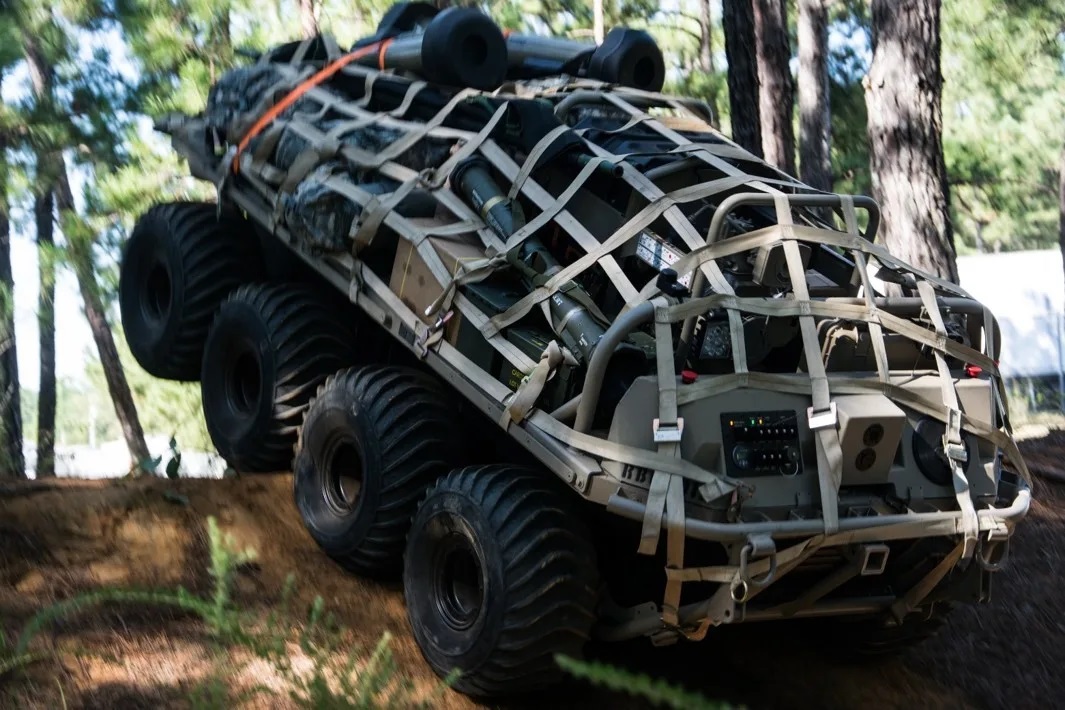US Army Picks Rheinmetall, HDT for Small Robotic Transport Vehicle Program
The US Army has selected Rheinmetall and HDT Expeditionary Systems for the final phase of its Small Multipurpose Equipment Transport (S-MET) Increment II program.
Each company received $22 million to develop eight small robotic transport vehicle prototypes capable of carrying up to 2,000 pounds (907 kilograms) of cargo.
The vehicles must also be able to address capability gaps associated with excessive physical burdens and the need to recharge batteries during extended operations.
“The S-MET Inc. II program will enhance our soldiers’ operational capabilities with advanced technologies needed now in support of their mission,” a spokesperson from Rheinmetall said after the downselect.
“I’m incredibly proud of our entire organization for their hard work and dedication to achieve this success.”
Only one vendor will be selected as the program winner in 2027 and can expect to receive a production contract for up to 2,195 vehicles.
Tough Competition
In addition to Rheinmetall and HDT, four other companies submitted bids for the S-MET Inc. II program.
Teledyne FLIR offered its six-wheeled M2RV, which has a cargo space of 38 square feet (3.5 square meters) and boasts a payload capacity of 2,600 pounds (1,182 kilograms).
General Dynamics, the winner of Increment I, proposed its new medium-class robotic combat vehicle called TRX, capable of transporting up to 4,500 pounds (2,041 kilograms) of cargo on its flat deck.
Anduril Industries and Hanwha also entered the competition, pitching a jointly produced unmanned ground vehicle based on the proven Arion-SMET platform.
Feedback-Driven
According to the US Army, the requirements for the program’s second increment have been based on several improvements recommended by soldiers during Increment I.
The service now wants a significantly higher payload capacity than the 1,000 pounds (453 kilograms) specified during the first increment.
It also aims for a reduced acoustic signature, an improved communications network, and a modular design.












